Ask the question and there will be no shortage of responses, with many experts citing the strategic, practical and scientific reasons for a Mars colony including:
- Mars is the most accessible planet in the solar system
- Exploring Mars may possibly answer origin and evolution of life questions
- Mars could someday be a destination for the survival of humankind
- There is the possibility of discovering new life that could impact life on Earth
- Exploration such as this grows us a species and drives the development of advanced technological innovations that benefit all of mankind
- The exploration and creation of a Mars colony demonstrates political and economic leadership for the United States, while at the same time creating a peaceful, international collaboration that eases political tensions
- A mission of this magnitude creates government-sponsored research bases for long-term scientific advancement of deep-space exploration
- Mars has all the raw materials required to support life including carbon, nitrogen, hydrogen, oxygen, water ice and permafrost
Astronaut Buzz Aldrin said of Mars, "Exploring and colonizing Mars can bring us new scientific understanding of climate change, of how planet-wide processes can make a warm and wet world into a barren landscape. By exploring and understanding Mars, we may gain key insights into the past and future of our own world."
An institute in Florida bearing Aldrin's name is working to advance space exploration and development toward the goal of establishing and sustaining a permanent Mars colony. Workshops cover topics including the Mars environment, human physiology, psychology, crew activities and habitats, and power supply and resource utilization.
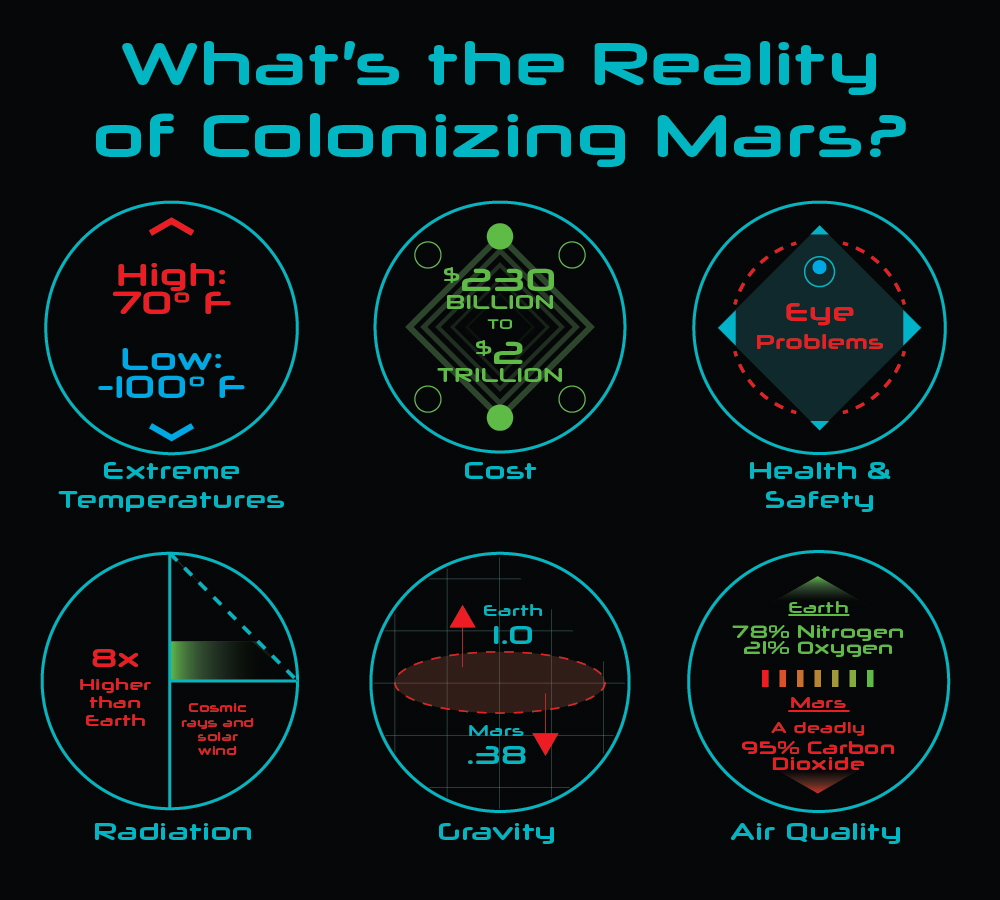
While there's an abundance of articles and research touting the scientific, technological and sociological case for a Mars colony, the reality of making it happen comes with an enormous cost in people, equipment, facilities, research and development.
While cost, radiation, health and safety are some of the largest challenges to making a mars colony a reality, students are involved in research from soil and crop sustainability to robots and Spaceflight Associated Neuro-ocular Syndrome. See some examples in these videos.

In December of 2017, President Trump signed Space Policy Directive 1 to organize government, commercial and international partners towards returning humans on the Moon. The Directive lays the foundation for human exploration to Mars but without making a commitment to the funding for the exploration and colonization, estimated by NASA at the time to be $50 - $150 billion across 10 years. More recently, Spacenews.com reported the cost to be more like $2 trillion.
Plus sustaining that type of budget long term seems unrealistic on the heels of William Gernstenmaier, head of NASA's program on human exploration of space, announcing NASA wants to remain on a "flat" budget.
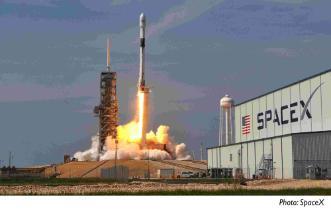 As scientists simulate Mars missions in the dusty desert of Saudi Arabia, plan to build a large Mars test settlement in Dubai, and companies build rockets in hopes they eventually are the vehicles to take man to Mars, others, like University of University of, feel that the interest in a Mars colony is really more about the driving desire to explore the universe, not to save the Earth.
As scientists simulate Mars missions in the dusty desert of Saudi Arabia, plan to build a large Mars test settlement in Dubai, and companies build rockets in hopes they eventually are the vehicles to take man to Mars, others, like University of University of, feel that the interest in a Mars colony is really more about the driving desire to explore the universe, not to save the Earth.
No matter what the reason, entrepreneurs like Elon Musk of SpaceX, are demonstrating the viability of venturing beyond low-Earth orbit with new technologies that make reusability a reality, ultimately cutting production and launch costs. SpaceX spent less than $2 billion to design, launch, and recover the inaugural launch of the Falcon Heavy earlier in 2018. This is a bargain in space dollars, considering that The Augustine Commission stated seven years ago it would cost in the area of $36 billion to build a heavy launch vehicle capable of taking humans to Mars.
With the collective efforts of NASA, SpaceX, Boeing, Blue Origin and a myriad of other space companies with their eyes on solving Mars enormous costs and technological challenges, heading to the red planet and building a Mars colony may become more possible.
Radiation is the next challenge to solve for astronauts to land and live in a Mars colony. Scientists say that colonists will face radiation levels eight times higher than the current government specified limits. According to Space.com, The Mars Rover Curiosity calculated an average does of radiation over a 180-day journey to the red planet as the equivalent of 24 CAT Scans, similar to exposing an astronaut to 15 times the radiation limit of nuclear power plant workers.
While Earth's magentic field and atmosphere protect us from radiation, space travel to Mars would subject astronauts to two types of radiation that are harmful to humans: protons spewed out by the sun and cosmic rays - high-energy atomic and subatomic particles that blast from exploding stars, black holes and other sources in space.
Cancer is not the only risk facing astronauts. Deep-space radiation while living in a Mars colony will likely cause vision-impairing cataracts, blood circulation issues and nervous system damage that could impair cognitive ability. Research at the University of Las Vegas has also shown that when a cell is hit with a cosmic ray, the changed cell gives off signals to other cells that trigger cancer mutations.
Curiosity's Radiation Assessment Detector is helping us better understand what life on Mars will be like, sparking research on such things as protective suits, habitats and extravehicular activities. Business Insider reported in 2017 that NASA has agreed to test a new polymer-based radiation-blocking vest for astronauts, called AstroRad, on its next mission around the moon.
Jim Green, the former head of NASA's planetary science division, has proposed building an artificial magentic shield for Mars to protect a hypothetical nascent atmosphere from the sun's proton radiation, which might otherwise blow the air into space. There are indeed many theories and a tremendous amount of research aimed at solving the challenges radiation brings for both deep space travel and building a Mars colony. Jim Green stated that "If this can be achieved in a lifetime, the colonization of Mars would not be that far away."
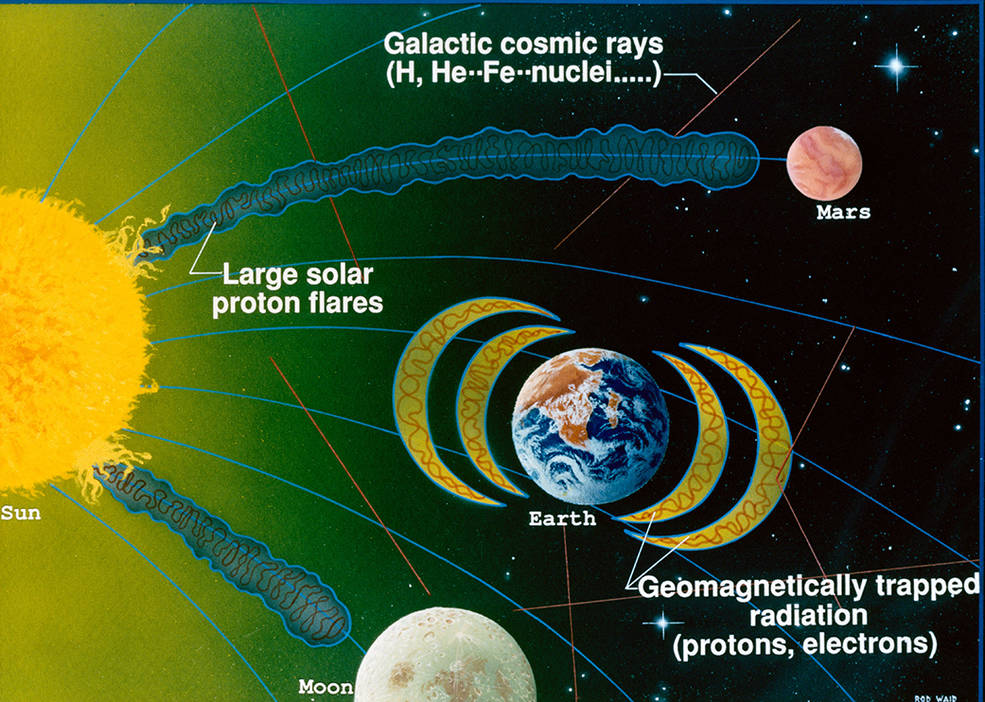
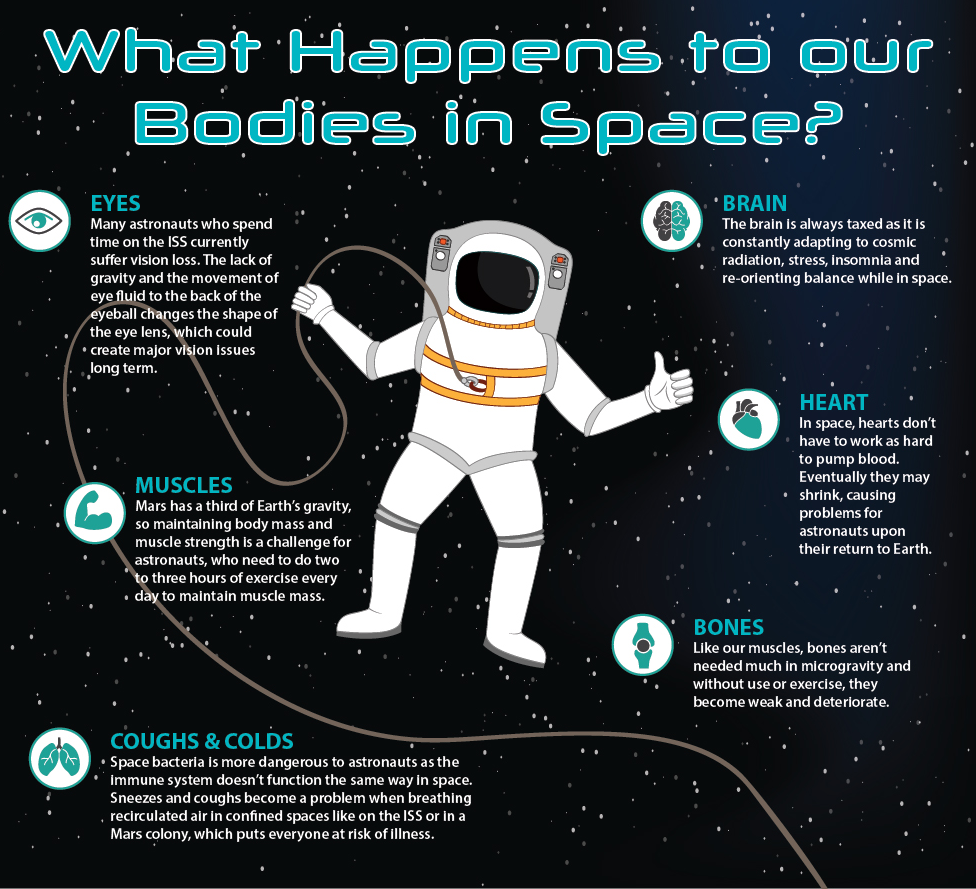
Heading to Mars brings with it other health and safety risks for the long journey that NASA and other space agencies must solve.
- Space Sickness - The tiny gyroscopes in our brain that give us spatial awareness are upset when living in Zero gravity and as a result, astronauts suffer a lot of nausea. Many astronauts face tough bouts of space sickness, and an extended mission would likely pose issues with space sickness.
- Mental Health - From the inherent danger of space travel, reliance on life-saving machinery, radiation exposure, space weather (sun bursts and meteorites), living in cramped quarters and an unchanging habitat of blackness, maintaining good mental health and emotions in extreme environments is still an unknown. Researchers are looking at ideas such as virtual reality, meditation, and pictures of nature to combat emotional challenges that could surface when living in a Mars colony.
- Muscular Breakdown - Mars has just a third of Earth's gravity, so maintaining body mass and muscle strength is a challenge for astronauts, who need to do two to three hours of exercise every day to maintain muscle mass and cardiovascular fitness.
- Eye Problems - Lack of gravity and the movement of eye fluid to the back of the eyeball changes the shape of the eye lens. Most astronauts spending time on the ISS end up wearing glasses in space, and when they come home, experience permanent changes to their vision.
- Coughs and Colds - The human immune system doesn't function the same way in space and history has shown that space bacteria are more dangerous. When living in small confined spaces like on the ISS or in a Mars colony, breathing recirculated air, any sneeze or cough infects everyone. Should anything develop into a more serious illness, there isn't a hospital down the street, either.
- Emergencies - A rescue from the ISS could be done in a day, but people living in a Mars colony will face an eight-month journey for advanced medical treatment, so they must be prepared to handle emergencies on their own. Conditions would be simulated on Earth and information on a 20-minute time delay would be the most astronauts could hope for. Even on-site emergencies such as arriving on Mars' notorious planet-scaled dust storms need to be understood in order to forecast emergency procedures.



 Give to Florida Tech
Give to Florida Tech 


 As scientists simulate Mars missions in the dusty desert of Saudi Arabia, plan to build a large Mars test settlement in Dubai, and companies build rockets in hopes they eventually are the vehicles to take man to Mars, others, like University of University of, feel that the interest in a Mars colony is really more about the driving desire to explore the universe, not to save the Earth.
As scientists simulate Mars missions in the dusty desert of Saudi Arabia, plan to build a large Mars test settlement in Dubai, and companies build rockets in hopes they eventually are the vehicles to take man to Mars, others, like University of University of, feel that the interest in a Mars colony is really more about the driving desire to explore the universe, not to save the Earth.

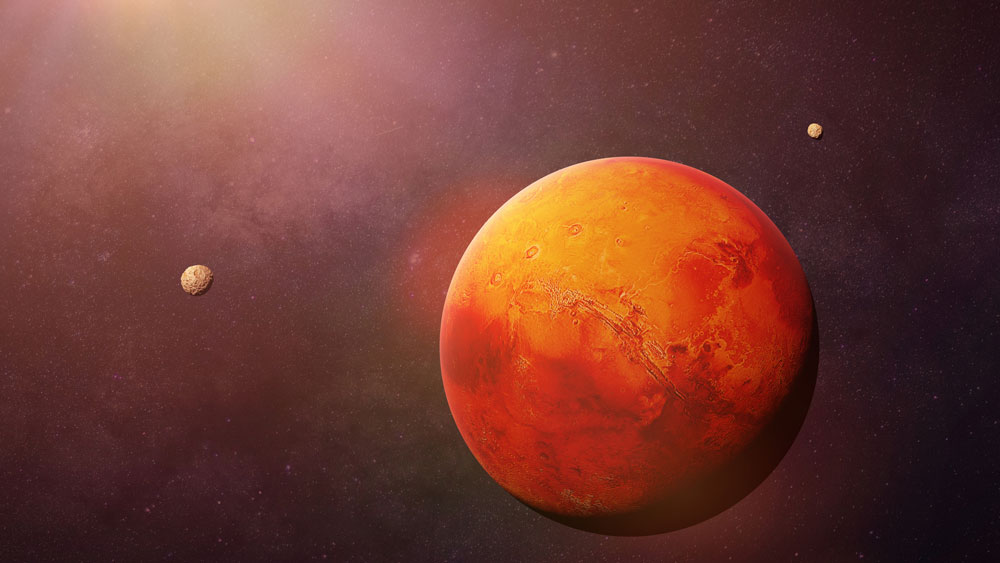






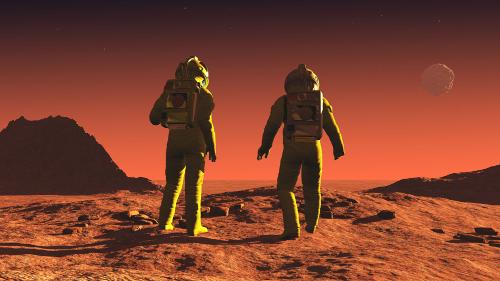 When Americans landed on the Moon more than 50 years ago, leaders at NASA set their sights on Mars as the next destination in our solar system. Now that seemingly unattainable mission is challenging any and all who want to get involved to make it happen - and there's no lack of motivation that it can be done in the next 20 years.
When Americans landed on the Moon more than 50 years ago, leaders at NASA set their sights on Mars as the next destination in our solar system. Now that seemingly unattainable mission is challenging any and all who want to get involved to make it happen - and there's no lack of motivation that it can be done in the next 20 years.